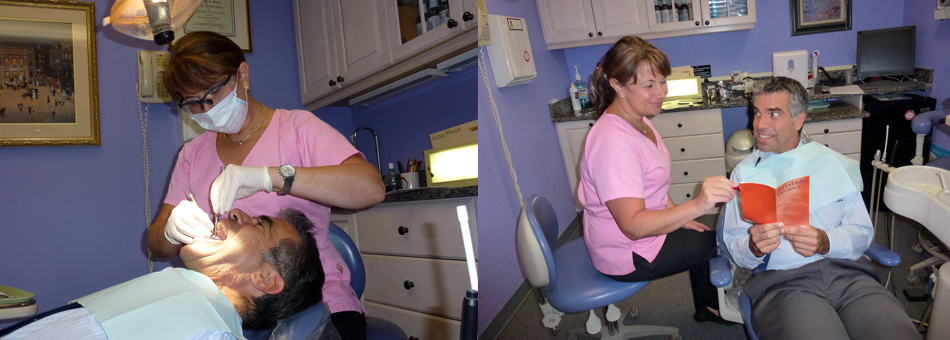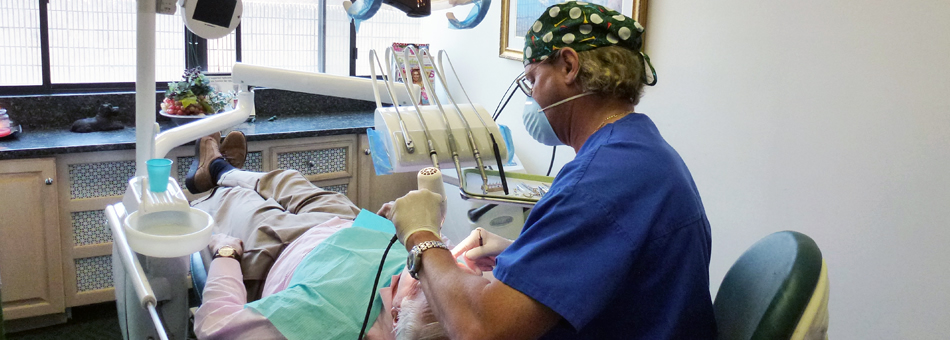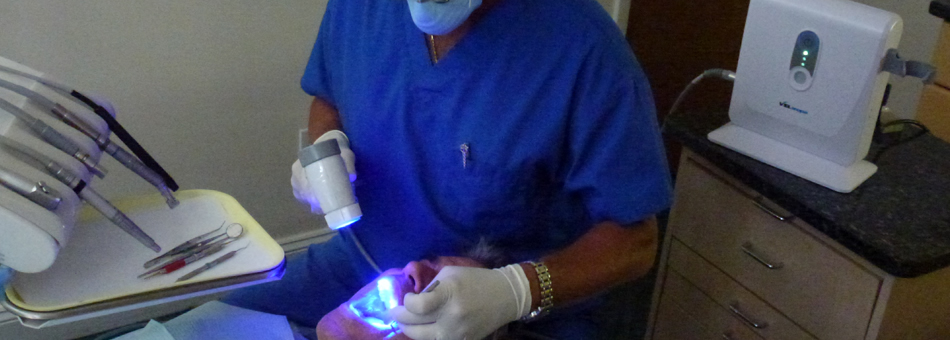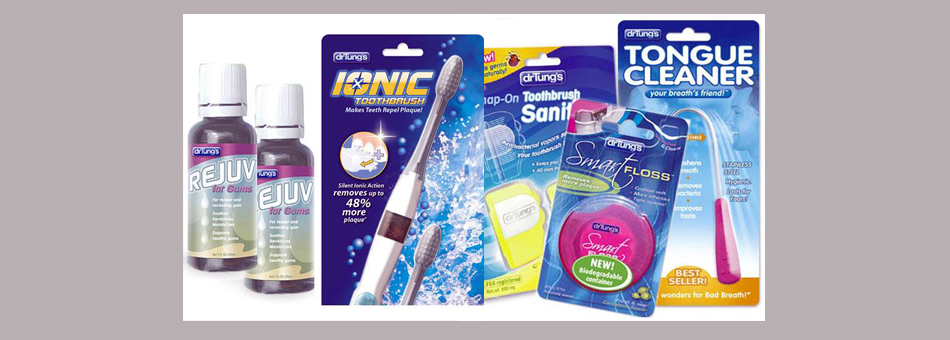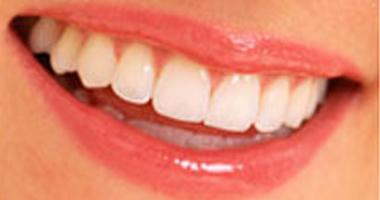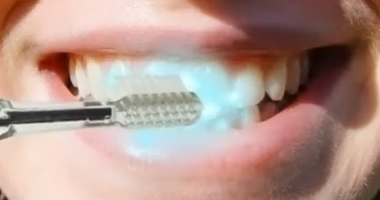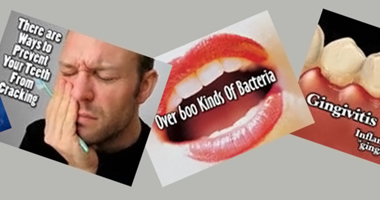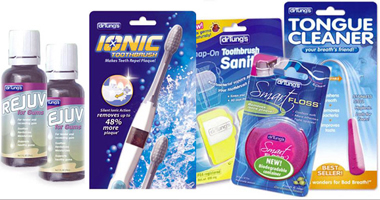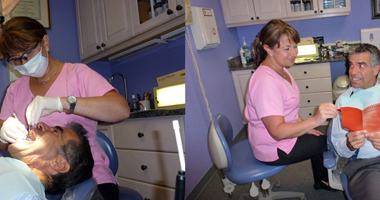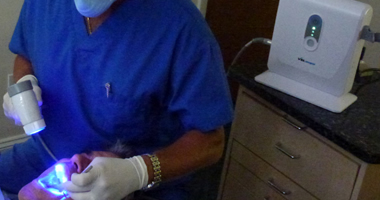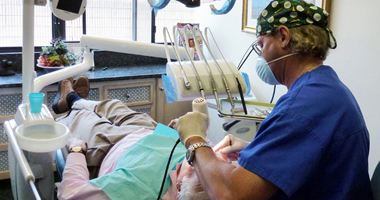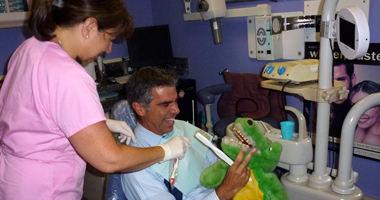Bruxism White Paper
(page 7)
1 | 2 | 3 | 4 | 5 | 6 | 7 | 8 | 9 | 10 | 11 | 12 | 13
Consult a Bruxism Specialist: A second, related, step, involves the realization that most dentists, doctors, and other clinicians are not bruxism experts. If you read and assimilate this entire report (including the various links it provides), you'll almost certainly know more about bruxism than most dentists! So you need to find someone who specializes in bruxism (university-affiliated psychologists and dentists, overall, are a far better bet than your typical run-of-the-mill psychologists or dentists). Better still, at the moment your best (perhaps only) bet may be educating yourself and managing your own treatment program (with or without the help of a clinician).
We Don't Know Much about the Subject: As you read, you will, sooner or later, realize that we know precious little about this condition. In particular, there are 1001 speculations about the causes of bruxism, but not a single proof. All suggested cures depend therefore on hit and miss, trial and error, approaches, not on deep understanding of the condition itself.
TMJ (TMD) Syndrome. You need to realize, in particular, that a TMJ or (TMDs = temporomandibular disorders) expert is not necessarily a bruxism expert, and vice versa. The two conditions are related, but far from being identical. Thus, long-term bruxism may or may not lead to TMDs, while TMDs may, or may not, be caused by bruxism. Unfortunately, clinicians often fail to make this distinction.
Bruxism Mouthguard (Deprogrammer)
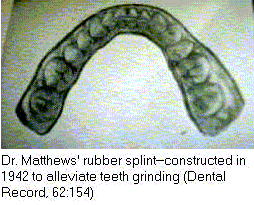 As the accompanying literature review recounts, for a few weeks the splint (and most other intraoral devices) may be truly successful in stopping bruxism (see also Harada et al., 2006). In particular, while the splint may provide some protection for the teeth, it alone does not stop bruxism nor such grave potential consequences as hearing loss and TMJ syndrome.
As the accompanying literature review recounts, for a few weeks the splint (and most other intraoral devices) may be truly successful in stopping bruxism (see also Harada et al., 2006). In particular, while the splint may provide some protection for the teeth, it alone does not stop bruxism nor such grave potential consequences as hearing loss and TMJ syndrome.
As the accompanying literature review recounts, for a few weeks the Bruxism Mouthguard Deprogrammer, or splint, (and most other intraoral devices) may be truly successful in stopping bruxism (see also Harada et al., 2006). However, while the Bruxism Mouthguard Programmer may provide some protection for the teeth, it alone does not stop bruxism nor such grave potential consequences as hearing loss and TMJ syndrome.
There is a pathological "cycle" in bruxism, and the Bruxism Mouthguard Deprogrammer may help deprogram that cycle. Here are the steps of the cycle along with the intervention of the deprogrammer:
|
|
The Bruxism Mouthguard Deprogrammer protects the jaw and teeth from the damage caused by grinding and helps reposition the jaw and teeth, lowering the signals to secrete of epinephrine. The pathological cycle may in this way be broken.
However, the Bruxism Mouthguard Deprogrammer is most successful as one part of a multifaceted approach that includes treatment of the underlying cause--stress. A more successful multifaceted approach may include counseling, lifestyle change, nutritional supplements and hypnotherapy (see elsewhere in this report).
- Not recommended: Psychotherapy, aversion hypnosis, massed negative practice, drugs.
- Not recommended: Extensive surgery of any kind (as a bruxism treatment). This is a highly profitable "therapy"--with no shred of evidence in its favor.
Note: Psychotherapy and hypnosis may help to reduce stress, and thus to alleviate bruxism. But, despite sporadic claims to the contrary, there is little evidence that they can, by themselves, treat bruxism.


